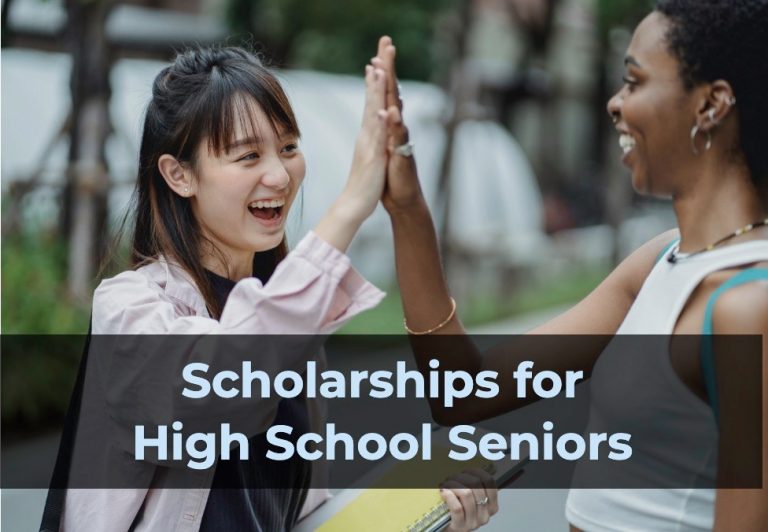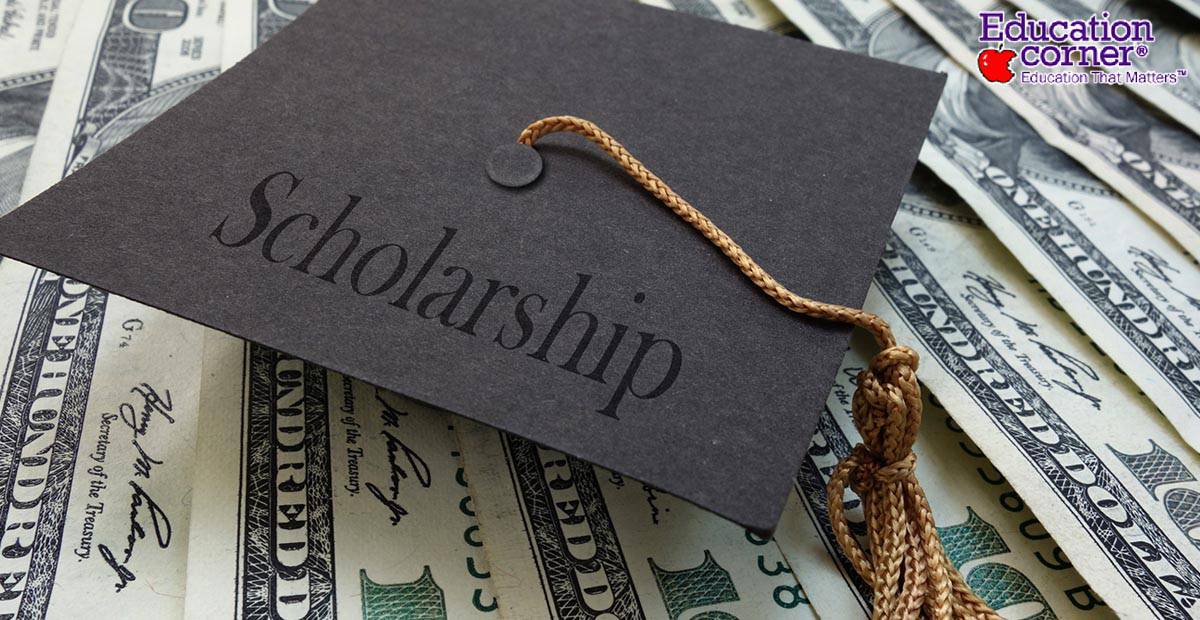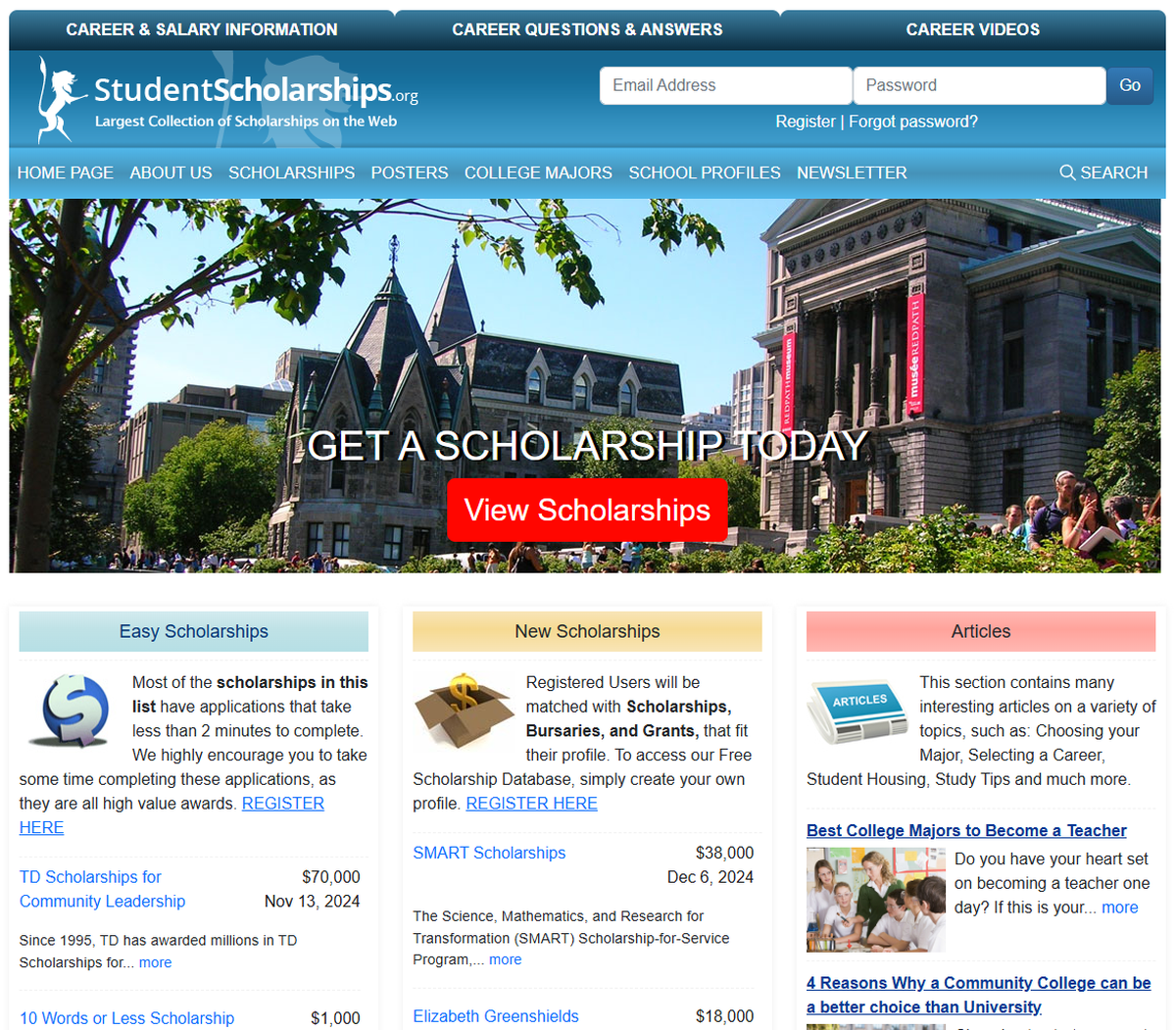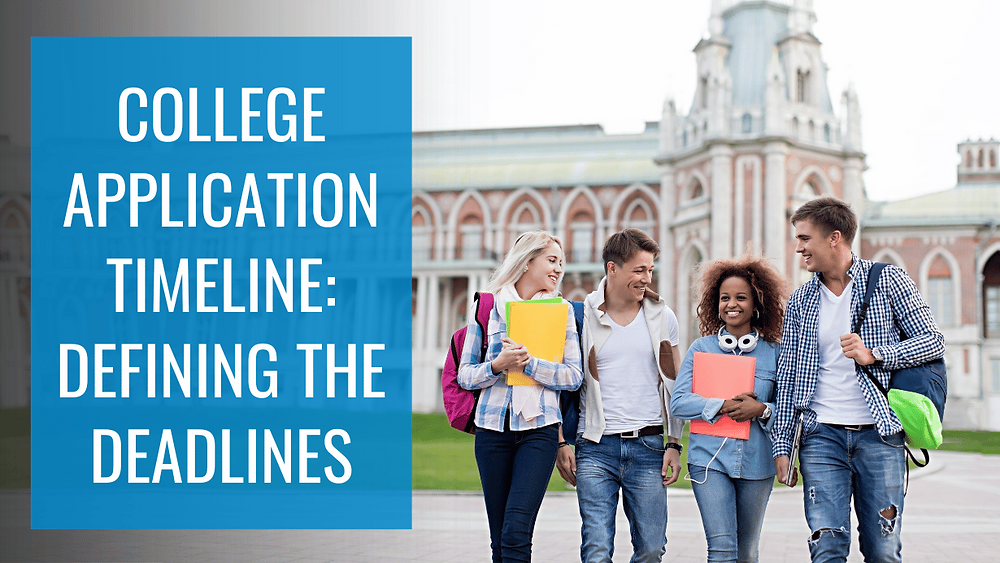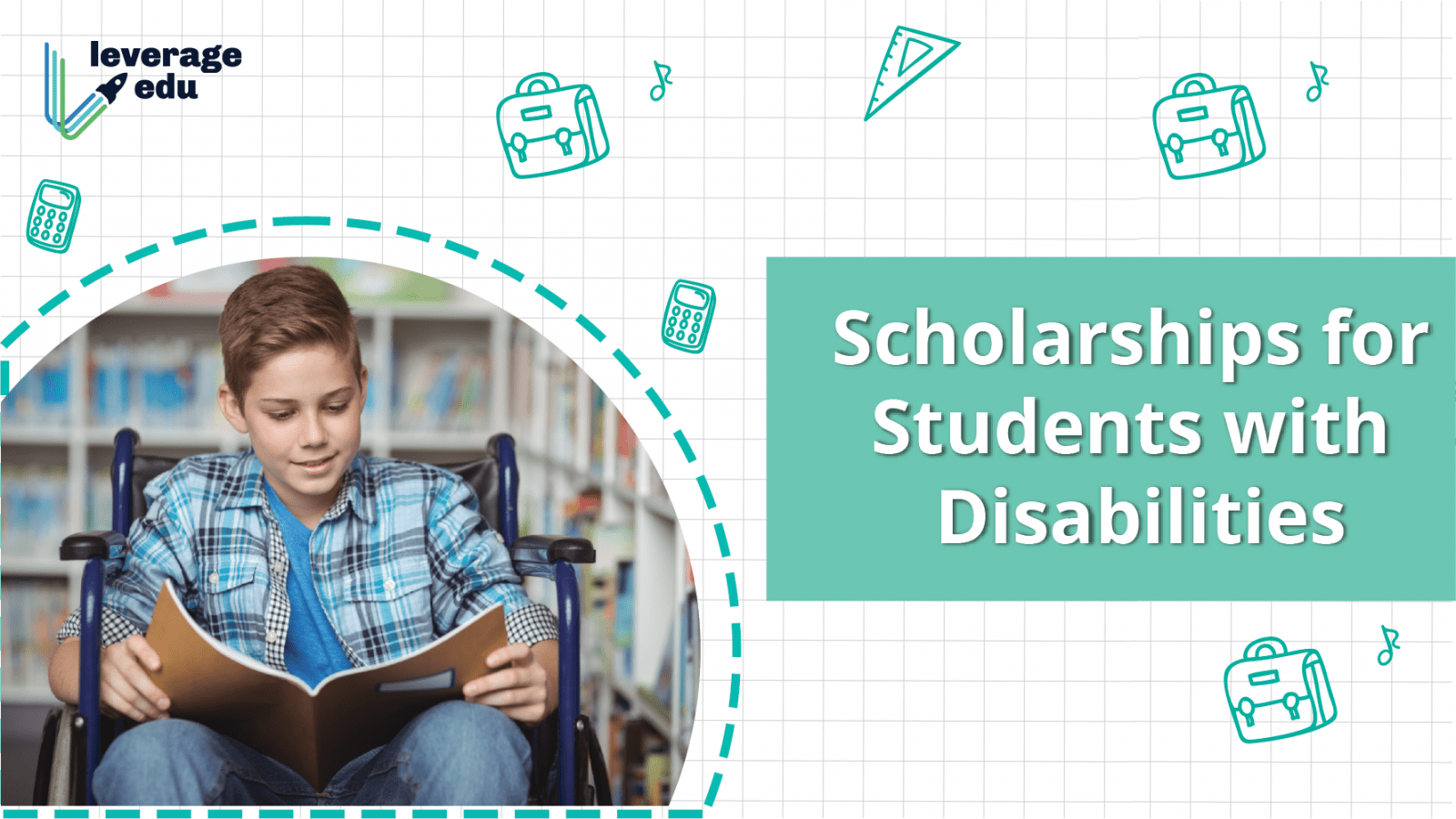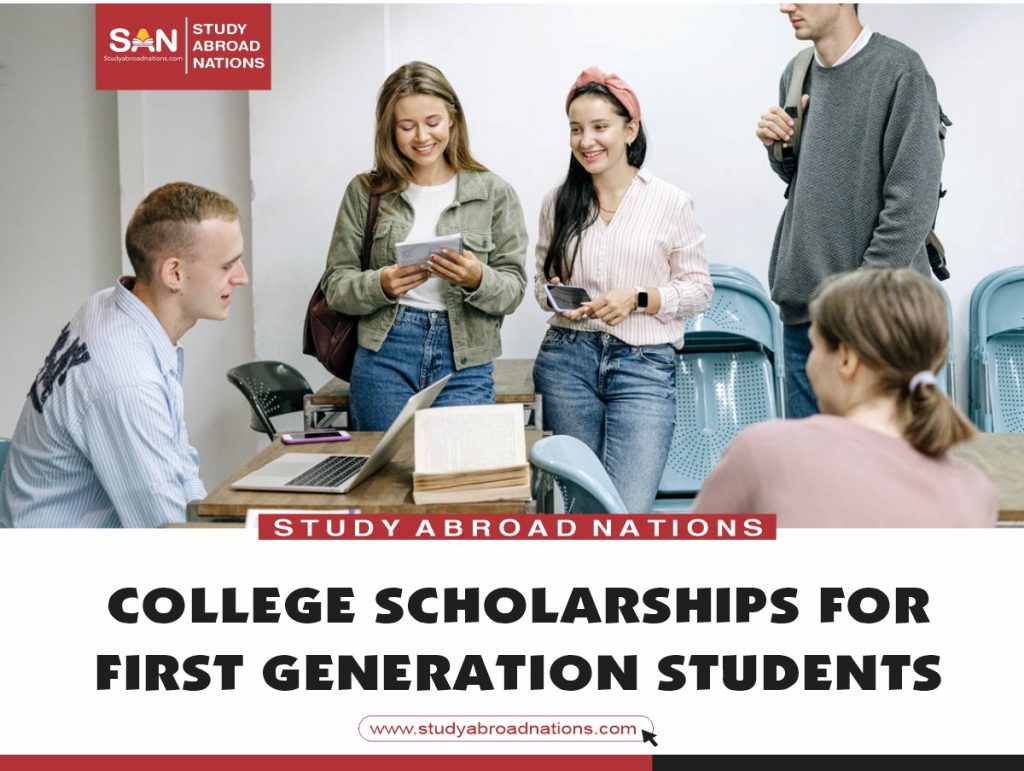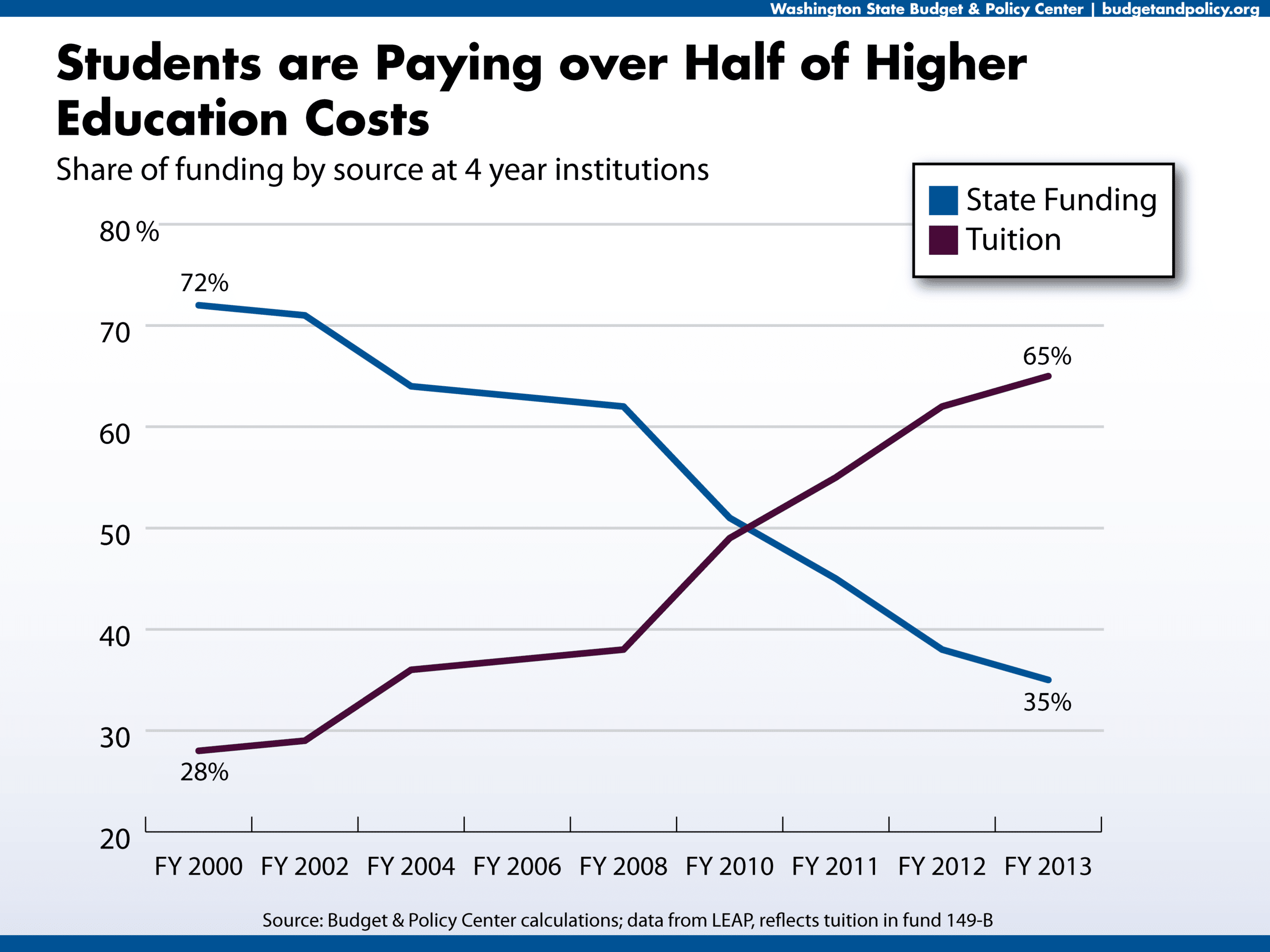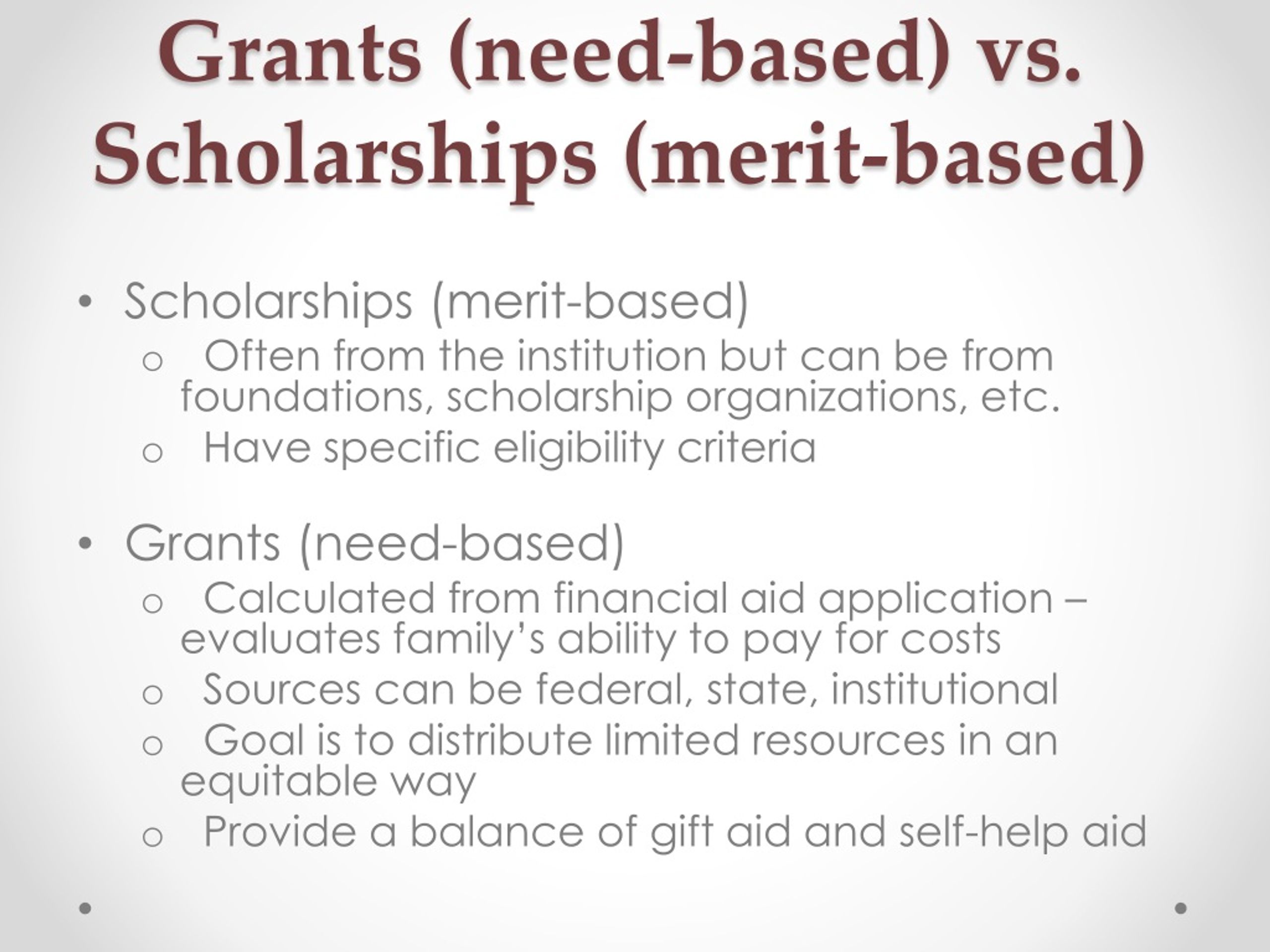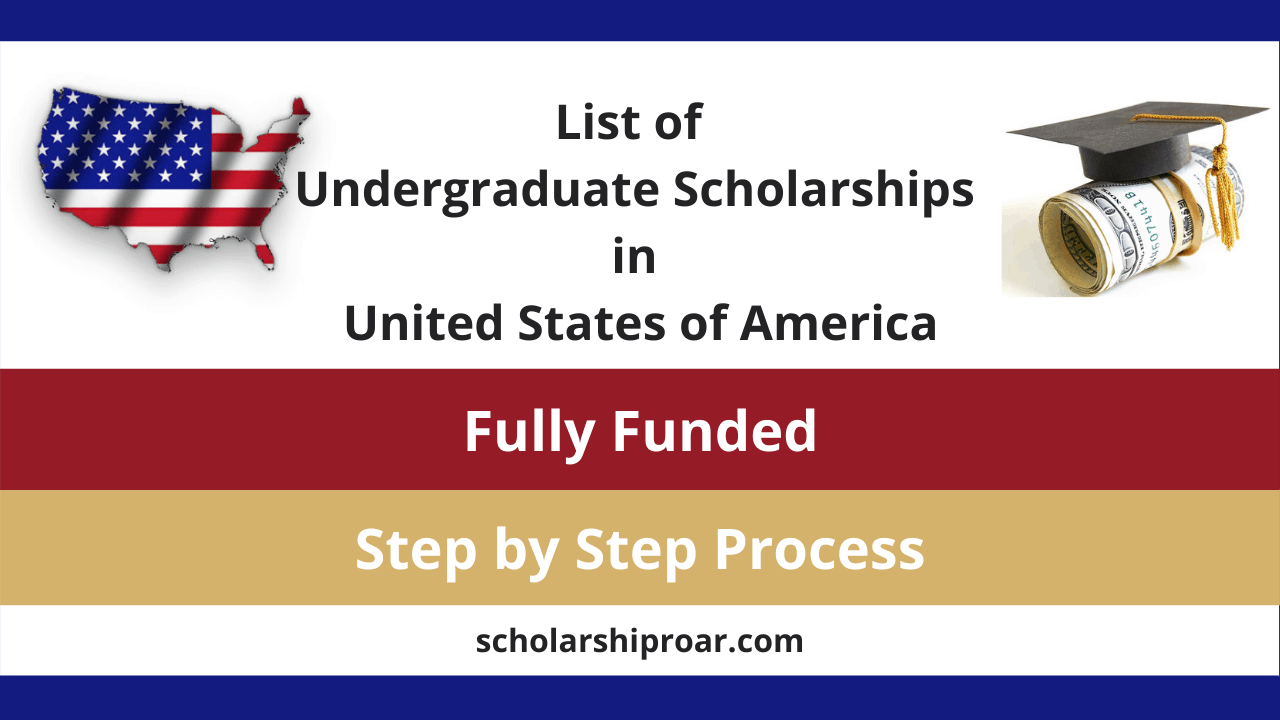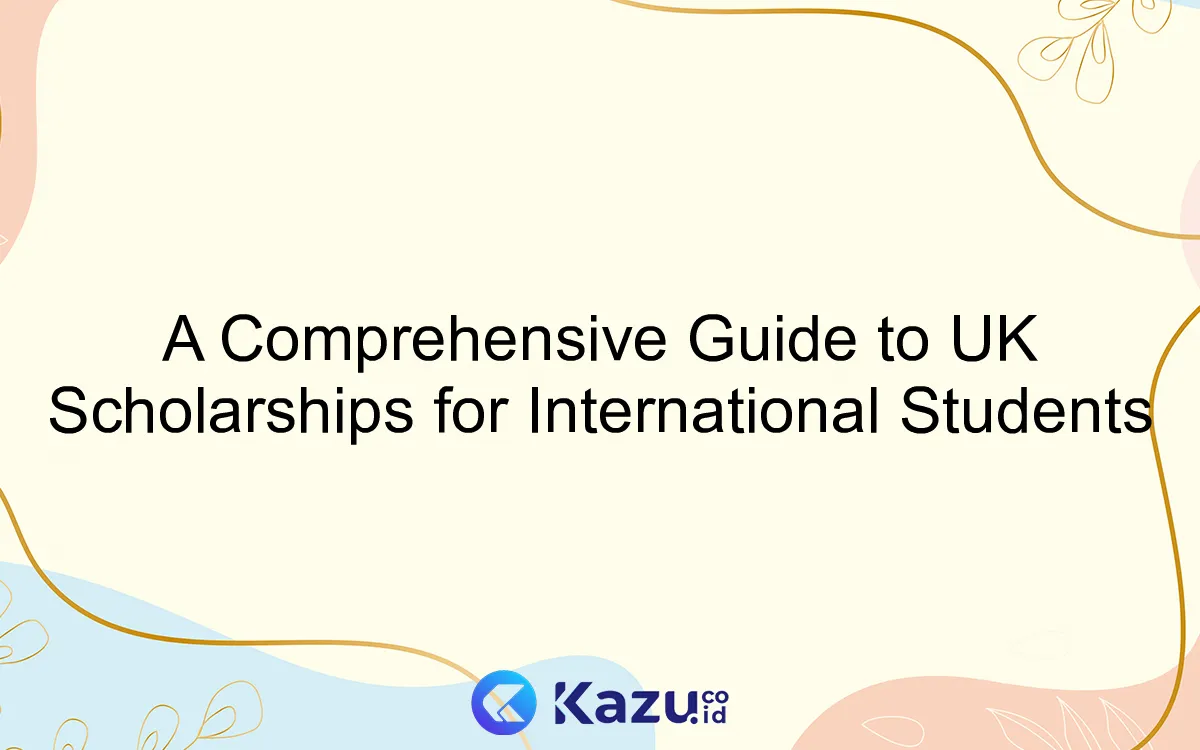Full-Ride Scholarships for College: A Comprehensive Guide
Full-ride scholarships for college represent a transformative opportunity, offering students the chance to pursue higher education without the burden of tuition fees. Securing such funding requires diligent research, strategic planning, and a compelling application. This guide explores the diverse types of full-ride scholarships available, the intricacies of the application process, and the vital role these awards play in shaping students’ academic and professional futures. We delve into the eligibility requirements, effective search strategies, and the financial implications of receiving a full-ride scholarship, providing a comprehensive roadmap for aspiring students.
From understanding the differences between merit-based and need-based awards to navigating the complexities of financial aid, this resource equips prospective scholars with the knowledge and tools to successfully compete for these life-changing opportunities. We’ll examine the various resources available to find scholarships, the importance of crafting strong applications, and the potential impact a full-ride scholarship can have on a student’s overall well-being and future prospects.
Types of Full-Ride Scholarships
Securing a full-ride scholarship can dramatically alter the trajectory of a college education, eliminating the financial burden and allowing students to focus entirely on their studies. Understanding the various types of full-ride scholarships available is crucial for maximizing your chances of success. These scholarships differ significantly in their funding sources, eligibility criteria, and application processes.
Types of Full-Ride Scholarships and Their Characteristics
The landscape of full-ride scholarships is diverse. They are not a monolithic entity, but rather a collection of opportunities funded by various organizations and tailored to specific student profiles. Below is a table outlining several common types:
| Scholarship Type | Funding Source | Eligibility Criteria | Application Process |
|---|---|---|---|
| Merit-Based Scholarships | Colleges, Universities, Private Organizations | High GPA, Standardized Test Scores, Extracurricular Activities, Leadership Roles | Application forms, essays, transcripts, letters of recommendation, sometimes interviews |
| Need-Based Scholarships | Colleges, Universities, Government Agencies, Private Foundations | Demonstrated financial need, based on family income and assets, FAFSA completion | FAFSA completion, CSS Profile (sometimes), supporting financial documentation |
| Athletic Scholarships | Colleges, Universities | Exceptional athletic ability in a specific sport, recruitment by a college coach | Participation in recruiting events, showcases, and trials; coach recommendation |
| Military Scholarships | Military Branches (Army, Navy, Air Force, etc.) | Enlistment or commissioning commitment, meeting specific physical and academic standards | Application to specific military branch programs, meeting physical and academic requirements |
| Specific Program Scholarships | Colleges, Universities, Private Organizations | Specific academic major or field of study, sometimes research or project involvement | Application to the specific program, often with additional requirements beyond general admission |
Merit-Based vs. Need-Based Scholarships
The core difference between merit-based and need-based scholarships lies in the criteria for selection. Merit-based scholarships reward academic excellence, talent, or achievements. Need-based scholarships, conversely, are awarded based on a student’s demonstrated financial need, as determined through the completion of the Free Application for Federal Student Aid (FAFSA) and sometimes the CSS Profile. A student might qualify for a merit-based scholarship due to high grades and test scores, regardless of their financial situation, while a need-based scholarship is contingent upon financial hardship.
Examples of Full-Ride Scholarship Applications
The application processes for full-ride scholarships vary considerably. Let’s examine three examples:
The Gates Millennium Scholars Program
This highly competitive program provides full scholarships to outstanding minority students. The application involves a rigorous process including essays, transcripts, letters of recommendation, and an online application. Successful candidates demonstrate exceptional academic achievement, leadership skills, and community involvement.
The Jack Kent Cooke Scholarship Program
This scholarship is for high-achieving high school students with financial need. The application includes an extensive online application, essays, transcripts, and letters of recommendation. It emphasizes academic performance, leadership potential, and financial need.
University-Specific Full-Ride Scholarships
Many universities offer full-ride scholarships to top applicants. These applications typically involve submitting a comprehensive application including a general application, supplemental essays, and letters of recommendation that highlight the applicant’s unique talents and contributions. The specific requirements vary considerably between institutions. For example, some might emphasize specific academic achievements in certain fields while others might prioritize demonstrated leadership and community involvement.
Eligibility Requirements and Application Process
Securing a full-ride scholarship is a significant achievement, requiring dedication and strategic planning. Understanding the eligibility criteria and navigating the application process are crucial steps in maximizing your chances of success. This section outlines the common requirements and provides a step-by-step guide to help you effectively pursue these valuable opportunities.
Eligibility criteria for full-ride scholarships vary considerably depending on the awarding institution or organization. However, several common threads run through most programs.
Common Eligibility Criteria for Full-Ride Scholarships
Many full-ride scholarships consider a combination of academic merit, demonstrated leadership, and financial need. A strong application showcases excellence across multiple areas, demonstrating a well-rounded profile.
- High Grade Point Average (GPA): Most programs require a minimum GPA, often above 3.5 on a 4.0 scale, or an equivalent. The specific GPA requirement varies significantly based on the scholarship and the applicant pool’s competitiveness.
- Standardized Test Scores: While some scholarships are moving towards test-optional policies, many still require high scores on standardized tests like the SAT or ACT. Target scores often fall within the top percentiles.
- Extracurricular Activities and Leadership Roles: Demonstrated involvement in extracurricular activities and leadership roles showcases well-roundedness and commitment. This might include participation in sports, clubs, volunteer work, or community service. The quality and extent of involvement are important considerations.
- Essays and Letters of Recommendation: These components allow you to showcase your personality, aspirations, and achievements beyond academic transcripts. Strong writing skills and compelling narratives are essential.
- Financial Need (for need-based scholarships): Some full-ride scholarships are specifically designed for students with significant financial need. Demonstrating this need often involves submitting documentation such as tax returns and financial aid forms.
- Specific Talents or Skills: Certain scholarships target students with exceptional talents in specific areas, such as music, art, athletics, or STEM fields. These scholarships may require auditions, portfolios, or other demonstrations of skill.
Applying for Full-Ride Scholarships: A Step-by-Step Guide
The application process for full-ride scholarships can be demanding, but a well-organized approach significantly increases your chances of success. Careful planning and timely execution are key.
- Research and Identify Scholarships: Begin early by researching various scholarship opportunities. Utilize online databases, college websites, and scholarship search engines to find scholarships aligning with your profile and interests.
- Check Eligibility Requirements: Carefully review the eligibility requirements for each scholarship before applying. Ensure you meet all criteria before investing time and effort into the application.
- Prepare Application Materials: Gather all necessary documents, including transcripts, letters of recommendation, essays, and any other required materials. Allow ample time for preparation and revisions.
- Craft Compelling Essays: Your essays are crucial in showcasing your personality, experiences, and aspirations. Focus on storytelling and demonstrating your unique qualities.
- Secure Strong Letters of Recommendation: Request letters of recommendation from teachers, counselors, or mentors who can speak to your strengths and accomplishments. Provide them with ample time and relevant information.
- Complete the Application Thoroughly: Pay close attention to detail when completing each application. Proofread carefully to avoid errors.
- Submit Applications on Time: Meet all deadlines to ensure your application is considered. Late submissions are often not accepted.
- Follow Up (if necessary): After submitting your applications, follow up with the scholarship providers if you haven’t heard back within the expected timeframe.
Importance of Strong Application Materials
The quality of your application materials significantly impacts your chances of receiving a full-ride scholarship. Essays and letters of recommendation are crucial in showcasing your personality and potential beyond academic achievements. Transcripts provide a record of your academic performance.
- Compelling Essay Topics: Examples of compelling essay topics include overcoming significant challenges, demonstrating leadership qualities, describing a transformative experience, or explaining your career aspirations and how the scholarship will help you achieve them. Focus on a topic that allows you to showcase your unique strengths and personality.
- Letters of Recommendation: Strong letters of recommendation provide external validation of your character, skills, and potential. Choose recommenders who know you well and can speak to your abilities effectively.
- Academic Transcripts: Your academic transcript provides a record of your academic performance. A strong GPA and a consistent upward trend demonstrate academic excellence.
Finding Full-Ride Scholarship Opportunities
Securing a full-ride scholarship requires diligent research and a strategic approach. Knowing where to look and how to effectively filter your search are crucial steps in maximizing your chances of success. This section outlines reliable resources and effective search strategies to help you find the perfect full-ride scholarship opportunity.
Numerous resources exist to assist in your scholarship search. Leveraging these resources effectively will significantly increase your chances of finding suitable opportunities.
Reliable Resources for Finding Full-Ride Scholarships
A multi-pronged approach is recommended when searching for full-ride scholarships. Don’t rely on a single source; explore multiple avenues to broaden your reach and increase your chances of discovery.
- Scholarship Databases: Websites like Fastweb, Scholarships.com, and Peterson’s offer extensive databases of scholarships, many of which are full-ride opportunities. These databases often allow for filtering by criteria such as major, GPA, and location.
- College Websites: Most colleges and universities have dedicated financial aid and scholarship sections on their websites. Explore these pages thoroughly, as many institutions offer full-ride scholarships specifically for their students.
- External Organizations: Numerous professional organizations, community groups, and non-profit foundations offer scholarships. Research organizations relevant to your field of study or background, as they may offer scholarships tailored to specific demographics or interests. Examples include the National Merit Scholarship Corporation, and various professional associations (e.g., the American Medical Association for pre-med students).
- Government Websites: Federal and state governments also offer various scholarship and grant programs. Websites like the U.S. Department of Education’s website provide information on federal student aid programs, including some that could lead to full scholarships.
Effective Search and Filtering Strategies
To maximize efficiency, develop a clear search strategy based on your specific qualifications and goals. This focused approach will save you time and effort.
Begin by identifying your key criteria: your intended major, geographic location preferences, GPA, and any specific talents or achievements (e.g., athletic abilities, artistic skills, community involvement). Use these criteria to filter your search results on scholarship databases and websites. For example, if you are a high-achieving athlete interested in engineering, you would prioritize scholarships that specifically target students with strong academic records and athletic accomplishments in engineering programs. Prioritize scholarships with deadlines that align with your application timeline.
Utilizing Online Search Engines and Scholarship Search Platforms
Effectively using online search engines and scholarship platforms is paramount to uncovering hidden opportunities. A strategic approach can yield significant results.
When using search engines like Google, employ precise keywords related to your criteria (e.g., “full-ride engineering scholarships California,” “full-ride scholarships for minority students”). Use advanced search operators (e.g., quotation marks for exact phrases, minus sign to exclude irrelevant terms) to refine your results. Scholarship search platforms often provide advanced filtering options, allowing you to specify criteria such as GPA, major, and ethnicity. Regularly check for new scholarship postings, as opportunities are frequently added. Consider using multiple search platforms and engines to maximize your reach.
Financial Aid and Full-Ride Scholarships
Securing a college education often involves navigating the complex landscape of financial aid. Understanding the differences between various aid options, particularly full-ride scholarships, is crucial for effective financial planning. This section will compare full-ride scholarships with other forms of financial aid and discuss their impact on college costs and potential tax implications.
Comparison of Full-Ride Scholarships and Other Financial Aid
The following table compares full-ride scholarships with other common forms of financial aid, highlighting their key differences:
| Scholarship | Other Aid (Grants, Loans, Work-Study) |
|---|---|
| Covers all or most of the cost of attendance (tuition, fees, room, board, books, etc.). Does not need to be repaid. | May cover a portion of college costs. Grants are free money, loans must be repaid with interest, and work-study involves part-time employment on campus. |
| Typically awarded based on merit, talent, or need (depending on the specific scholarship). | Grants are often need-based, loans are available to all students regardless of need, and work-study is based on financial need and availability of positions. |
| Usually requires an application process, often including essays, transcripts, and recommendations. | Application processes vary depending on the type of aid. The FAFSA (Free Application for Federal Student Aid) is often required for grants and loans. Work-study typically requires an application through the college’s financial aid office. |
| Generally, no repayment obligation. | Loans require repayment with interest after graduation (or during certain repayment plans). Grants do not require repayment. Work-study earnings are paid directly to the student. |
| Can significantly reduce or eliminate student debt. | Can lead to student loan debt if loans are utilized. Grants and work-study can help reduce overall costs but may not cover all expenses. |
Impact of Full-Ride Scholarships on College Costs and Financial Planning
A full-ride scholarship dramatically simplifies college financial planning. By covering the majority or all of the educational expenses, it eliminates or significantly reduces the need for student loans, reducing the burden of debt after graduation. This frees up resources for other expenses like books, transportation, and personal living costs. For example, a student who receives a full-ride scholarship can focus on academics and extracurricular activities without the stress of working multiple part-time jobs to pay for tuition. This can lead to better academic performance and a more enriching college experience. Furthermore, a student without the weight of loan repayment after graduation has more financial flexibility to pursue further education, start a business, or make other important life decisions.
Tax Implications of Full-Ride Scholarships
Generally, the value of a scholarship used to pay for tuition and fees is not considered taxable income. However, amounts used for room and board, books, or other expenses may be considered taxable income. For example, if a full-ride scholarship covers tuition, fees, room, and board, only the portion allocated to room and board might be subject to taxation. The specific tax implications depend on the terms of the scholarship and individual circumstances. It is recommended that students consult a tax advisor or the IRS for detailed guidance on the tax implications of their specific scholarship award.
Impact of Full-Ride Scholarships on Students
Securing a full-ride scholarship represents a transformative opportunity for students, significantly impacting their academic journey, career prospects, and overall well-being. The financial relief allows students to focus on their studies rather than the burden of debt, fostering a more enriching and less stressful college experience. This, in turn, can lead to improved academic performance and broader career possibilities. However, the experience isn’t without its challenges. The pressure to succeed, coupled with potential social dynamics, can present obstacles for some recipients.
The positive effects of full-ride scholarships are multifaceted and profound. Removing the financial strain allows students to dedicate more time and energy to their studies, leading to higher GPAs and increased engagement in extracurricular activities. This increased engagement can lead to enhanced networking opportunities and the development of crucial soft skills. Furthermore, the absence of crippling student loan debt upon graduation opens doors to career paths that might otherwise be financially inaccessible, allowing students to pursue their passions without the immediate concern of repayment. This financial freedom can also positively impact mental health and reduce stress levels, leading to a more holistic and positive college experience.
Academic Performance and Engagement
The removal of financial pressures directly contributes to improved academic performance. Students are less likely to work long hours to fund their education, allowing them to dedicate more time to studying and participating in class. This increased focus often translates to higher grades, better research opportunities, and greater involvement in academic clubs and organizations. A study by the National Center for Education Statistics (hypothetical example – replace with actual study if available) found that students receiving full scholarships had a statistically significant higher GPA compared to their peers who were not. This improved academic performance can lead to enhanced opportunities for graduate school and future career advancement.
Career Choices and Post-Graduation Outcomes
Full-ride scholarships can significantly broaden career options. Without the burden of student loan debt, graduates are more likely to pursue careers in fields like non-profit work or the arts, which may offer lower salaries but are personally fulfilling. They may also be more inclined to start their own businesses or pursue further education, knowing they are not saddled with debt. For example, imagine a student who dreams of becoming a teacher but would otherwise be hesitant due to the relatively low starting salary. A full-ride scholarship removes that financial barrier, allowing them to pursue their passion.
Social and Psychological Impacts
While full-ride scholarships offer immense benefits, they can also present unique challenges. The pressure to succeed can be intense, as recipients may feel a responsibility to live up to the expectations of their sponsors. Furthermore, social dynamics can be complex; some students might perceive scholarship recipients as privileged or feel intimidated by their perceived advantages. Open communication, strong support systems, and a focus on personal well-being are crucial for navigating these potential difficulties. Building strong relationships with mentors, advisors, and peers can help mitigate these challenges and foster a supportive environment.
Examples of Successful Scholarship Recipients
Consider the example of [Name of a successful individual who received a full-ride scholarship – include details about their scholarship, their chosen field, and their current accomplishments. Be specific and provide verifiable details if possible]. Their experience highlights how a full-ride scholarship not only facilitated their academic success but also shaped their career path and overall life trajectory. Another example could be [Name of another successful individual – again, provide detailed, verifiable information about their experience]. These stories demonstrate the transformative power of full-ride scholarships and the significant positive impact they can have on individuals’ lives.
Ending Remarks
Ultimately, securing a full-ride scholarship for college is a significant achievement, opening doors to educational and career opportunities that might otherwise be inaccessible. By understanding the different types of scholarships, honing application skills, and effectively utilizing available resources, students can significantly increase their chances of securing this invaluable funding. The journey may be challenging, but the rewards – both financial and personal – are immeasurable, paving the way for a brighter and more promising future.
